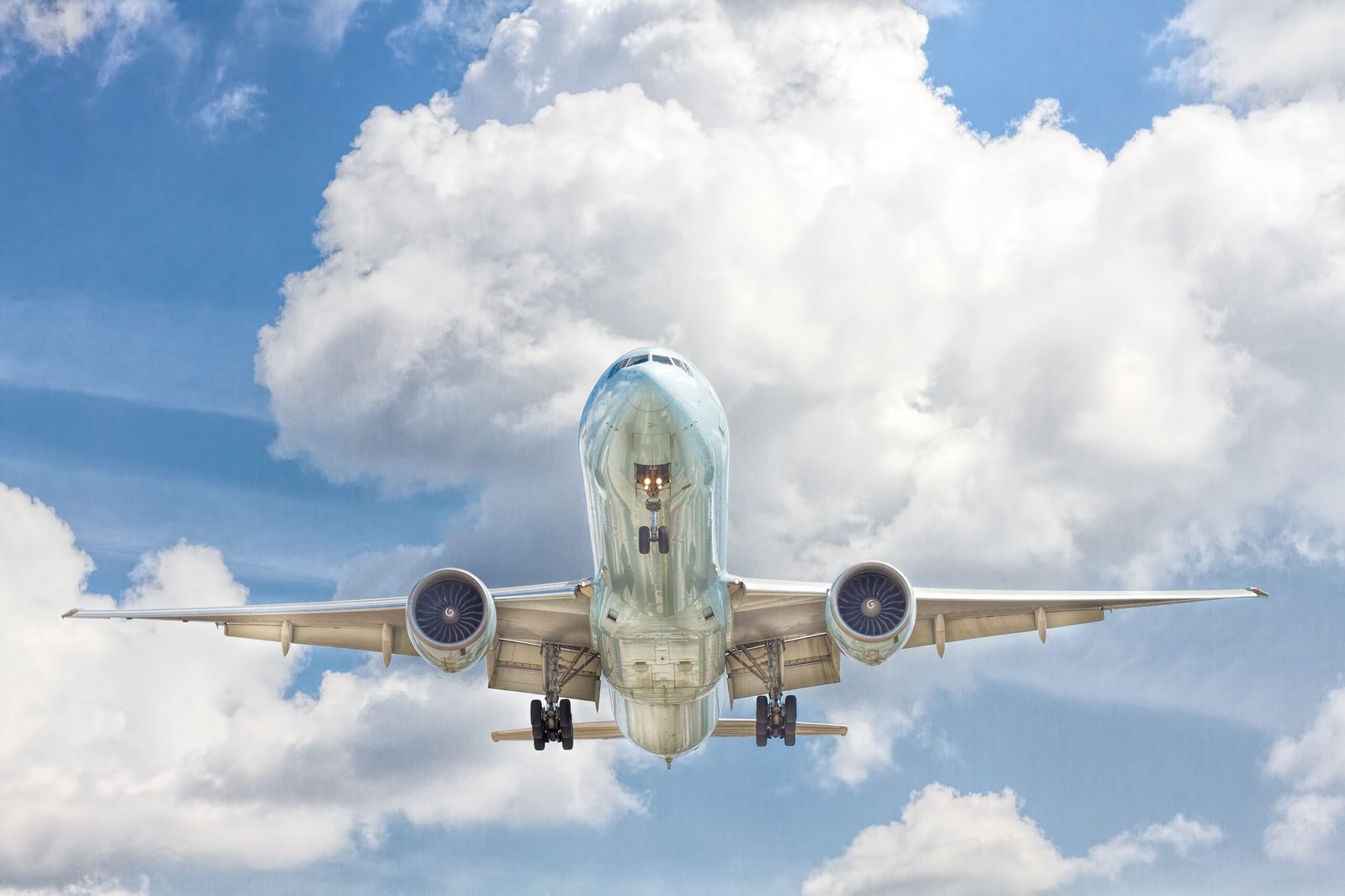
Boeing CEO Takes Responsibility for Alaska Airlines Incident
Boeing Chief Executive Dave Calhoun has accepted responsibility for a recent near-catastrophic incident involving an Alaska Airlines jet. In response to this crisis, Calhoun has pledged to ensure “complete transparency” as Boeing works to address the issue and move forward.
The incident has prompted the Federal Aviation Administration (FAA) to ground 171 Boeing 737 MAX 9 planes with the same configuration as the Alaska Airlines jet. This decision comes as a precautionary measure to ensure the safety of passengers and prevent any potential risks.
Calhoun’s acceptance of responsibility demonstrates a commitment to accountability and a desire to address the concerns raised by this incident. By acknowledging the gravity of the situation, Boeing aims to regain public trust and confidence in its products.
As part of the efforts to rectify the situation, Calhoun has emphasized the importance of transparency. This commitment to openness and honesty is crucial in rebuilding trust with both regulators and the flying public. By providing clear and accurate information about the incident and the steps being taken to prevent similar occurrences in the future, Boeing hopes to demonstrate its dedication to safety and regain the confidence of its customers.
The grounding of the 171 Boeing 737 MAX 9 planes by the FAA is a precautionary measure to ensure that any potential issues are thoroughly investigated and resolved. This action reflects the FAA’s commitment to prioritizing passenger safety and its responsibility to regulate the aviation industry.
Boeing, as a leading manufacturer of commercial aircraft, faces the challenge of addressing the concerns raised by this incident while also ensuring the continued safe operation of its planes. The company has a responsibility to its customers, employees, and the public to thoroughly investigate the cause of the incident and implement any necessary changes to prevent similar situations in the future.
While this incident is undoubtedly a setback for Boeing, it also presents an opportunity for the company to learn and improve. By taking responsibility and committing to transparency, Boeing can demonstrate its commitment to safety and regain the trust of its stakeholders.
It is important to note that incidents like these are rare in the aviation industry, and the vast majority of flights operate safely and without incident. The grounding of the 171 Boeing 737 MAX 9 planes is a precautionary measure to ensure that any potential risks are addressed before they can pose a threat to passenger safety.
Boeing’s response to the Alaska Airlines incident will be closely monitored by regulators, industry experts, and the public. The company’s commitment to transparency and accountability will be crucial in rebuilding trust and ensuring the long-term success of the Boeing brand.
In conclusion, Boeing CEO Dave Calhoun’s acceptance of responsibility for the Alaska Airlines incident demonstrates a commitment to transparency and accountability. The grounding of the 171 Boeing 737 MAX 9 planes by the FAA reflects the importance of prioritizing passenger safety. By addressing the concerns raised by this incident and implementing necessary changes, Boeing can regain the trust of its stakeholders and continue to provide safe and reliable aircraft to the aviation industry.
Originally posted 2024-01-10 01:21:52.